
Photographer: Eva Jünger
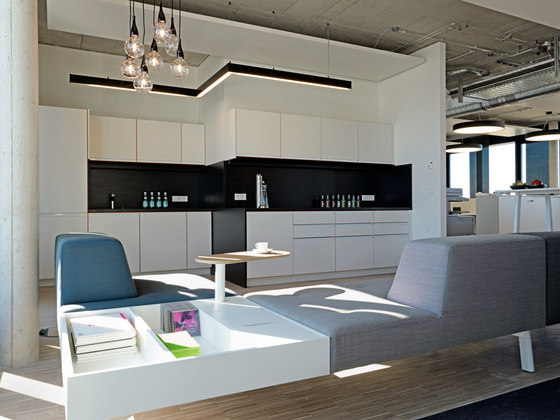
Photographer: Eva Jünger
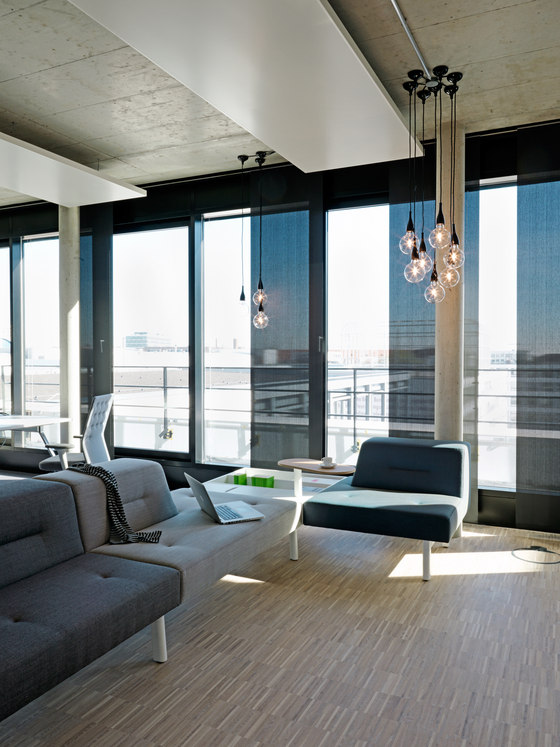
Photographer: Eva Jünger
New home for Sony – open, communicative office world
Initial situation
After splitting off from the Bertelsmann Group, Sony Music wanted to set up at a new location and re-establish its own corporate identity. This should be reflected in the place of location, the type of office design and the working culture. Along the lines of Sony’s corporate culture, as already taken for granted in other locations throughout the world, the prime objective of the spatial redevelopment was to
change from the classic single and double offices that characterised the previous publishing house structure to an open, communicative office world.
The transition to a modern, flexible office was intended to strengthen and promote communication between departments and labels and to equip the company to respond flexibly to its future requirements.
Planning process
The challenges and the opportunities which result from spatial changes are many and varied. The change of location and office design helps to re-evaluate and optimise established workflows and create new spaces for work and communication.
In change management, too, the cultural shift resulting from the changes was moderated by conceptsued. For Sony, a three-stage workshop process developed and moderated by conceptsued was used to work out the basis for planning the remaining space utilisation.
In the case of Sony, the special feature of the requirement profile consists of a mix of “normal” workstations with typical requirements in terms of office tasks and a number of special workstations based on the specific needs of the music business. In order to approach the complexity of the task in manageable stages, the collected requirements were clustered in three subprojects – workstations,
IT and special areas – and developed in a number of different stages and decision-making processes.
The fact that decisions were not taken according to the top-down principle but as the result of joint deliberations, testifies to the vision and foresight of the management. Involving representatives of the various departments at an early stage is beneficial to the subsequent acceptance of the spatial change and the cultural identity.
Implementation
The modular system of formation and furniture worked out by conceptsued as well as the light, colour and materials concept establish the framework in which the new office worlds operate. Here, the equipment of the individual departments follows a common design concept but leaves adequate scope to meet the requirements of the various work areas and allow them to retain an independent
characteristic identity.
Implementation by ophelis
Within the project, ophelis supplied ophelis docks to create a modular system for the “other zones” in the office: Meeting points in the central zones, furniture for the think tanks and kitchenettes. With upholstered furniture, tables for seated and standing use and the “bricks” functional elements to provide power and with rotating lap tables, the working environment was enhanced to the comfort
of a lounge, whereby the modular concept enables new islands to be created in the office at any time, individually configured in terms of their function and materials and yet uniform in design.
In addition, we fully equipped the classic desk workstations
with storage solutions which were specially adapted to the needs of Sony Music by the inclusion of details from ophelis’ own manufacture. The products used for storage were our glider front running door cupboard system, S Series sliding door cupboards, the facett shelving system and mobile pedestals.
Sony Music Entertainment GmbH
Architect: Weickenmeier, Kunz + Partner, München
Design team: conceptsued Beratung Planung
s+w BüroRaumKultur GmbH
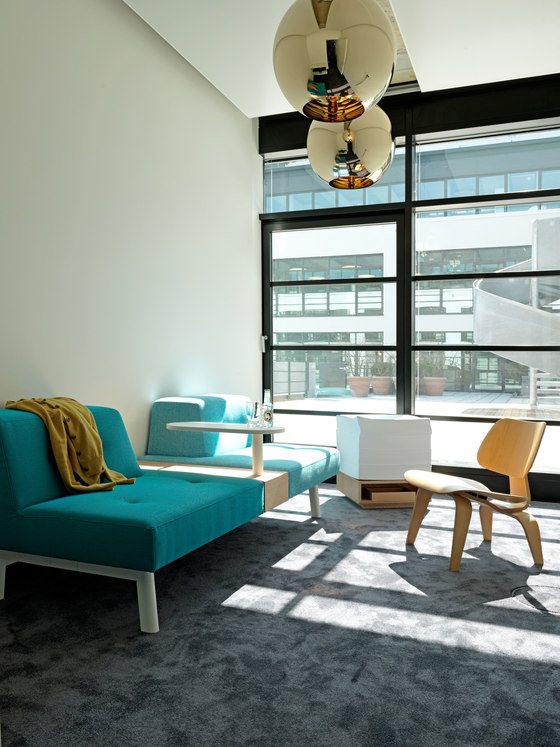
Photographer: Eva Jünger
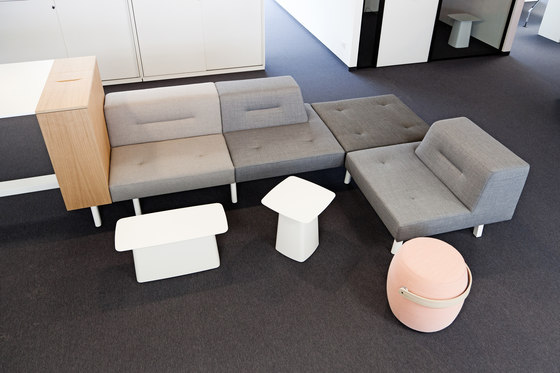
Photographer: Eva Jünger
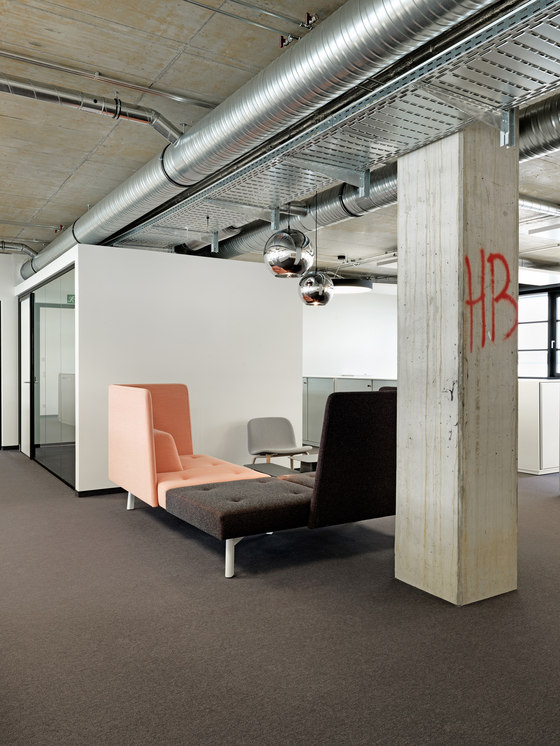
Photographer: Eva Jünger
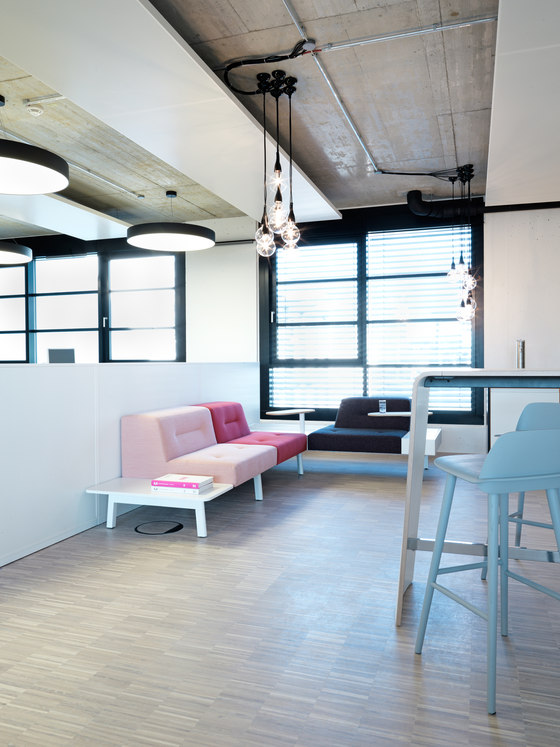
Photographer: Eva Jünger
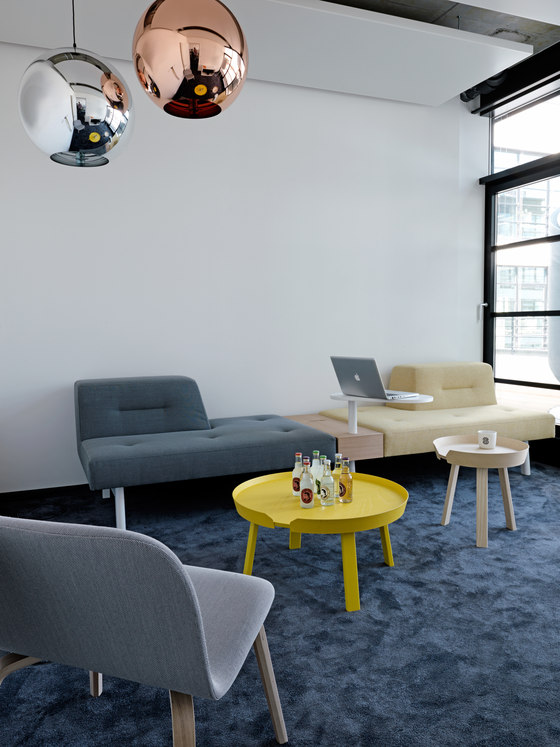
Photographer: Eva Jünger
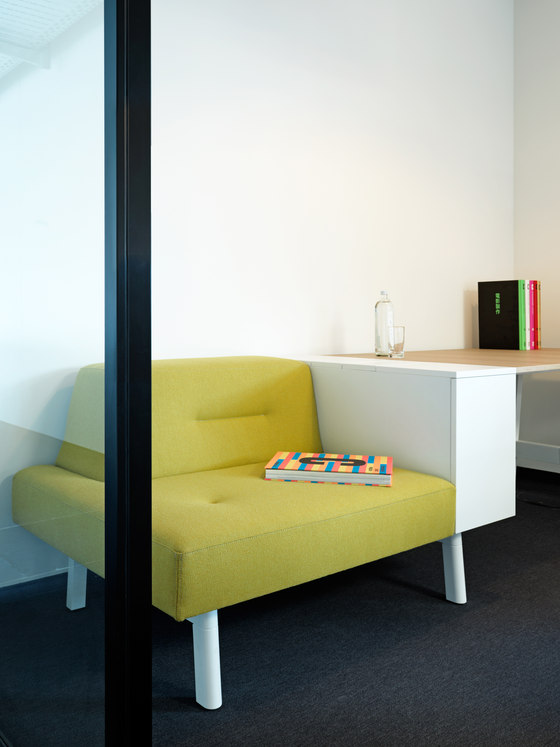
Photographer: Eva Jünger
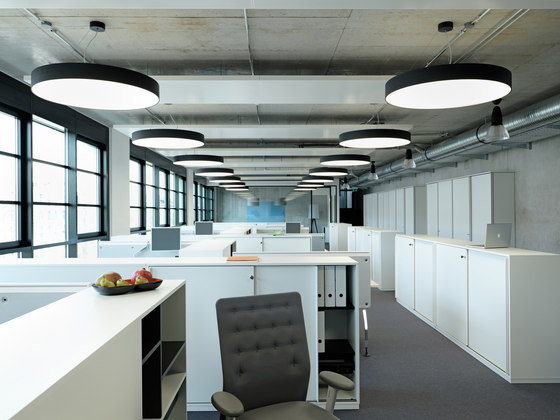
Photographer: Eva Jünger










